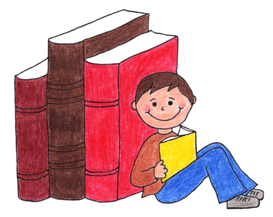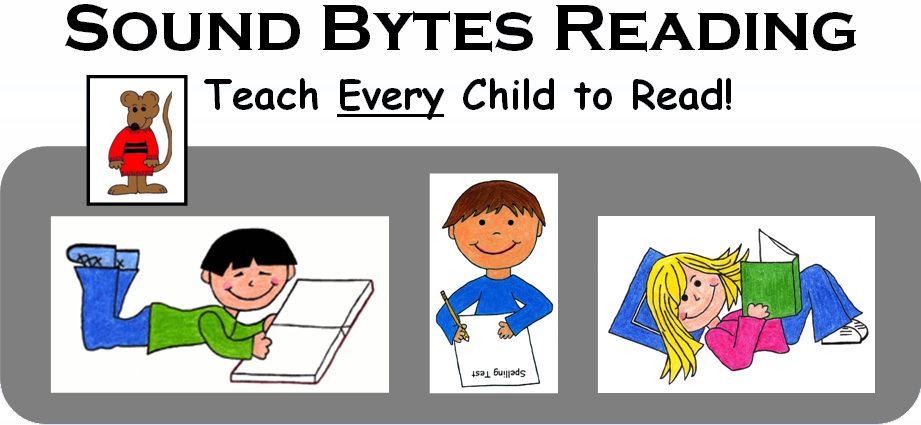All Students Reading at Grade Level by the End of Third Grade?

Should the cutoff point at which we must get students reading on grade level be as late as third grade? Perhaps we should rethink our starting point and begin to remediate all struggling readers in the middle of first grade, when the gap is not nearly so great.
Ohio is one of 14 states that plan to retain students who do not achieve grade level in reading by the end of third grade. Writer Alexander Russo recently posted this 8-minute PBS NewsHour clip that questions the value of this approach.
Twenty five years ago, educators said if we provided kindergarten for all students, then all children would enter first grade ready to learn. Back then, we expected to teach the A-B-C’s to many, if not most of them, in first grade. So we provided free kindergarten for all students in our public schools. Did it make a difference in reading achievement?
Fast forward 25 years. Now, we say we need to provide preschool for all students so they will enter kindergarten ready to learn. Now, as then, some children enter kindergarten with no skills, some knowing the alphabet, and some already reading. Now, as then, we have an achievement gap. We have an achievement gap that begins BEFORE children even enter school. Kindergarten did not solve the reading problem, and if we do not change how we teach, preschool will not solve it either.
Approximately one third of students enter school not knowing the names of the letters of the alphabet. These same students are the ones who are still behind at the end of third grade. These students should be receiving extra help at the beginning of first grade because they can catch up if they are provided with an intensive, systematic reading program.
Is this an unrealistic expectation? Just how much can we expect to achieve with a good reading program? Watch how well this student reads:
[youtube=http://www.youtube.com/v/THGjROxfVGw&w=500&h=375\]
Approximately one third of our fourth grade students cannot read even at a basic level, another third read at a basic level but are not proficient, and about a third are proficient readers. This has been the case at least since the early 90’s. No significant change in reading achievement.
Children who come from low income families are more likely to start behind, but this is not always the case. Low SES does not mean kids can’t learn—but they may have more obstacles to overcome. Factors that influence student learning have been well documented—issues with hunger, safety, parent education level, parent involvement, attendance, student behavior and motivation will all influence student outcomes in achievement.
Schools have greater influence when it comes to choosing what reading programs are taught to students and mentoring teachers so they can learn to be more effective. Principals, teachers, and school leaders have an obligation to research which reading interventions produce results and then use them.

If the curriculum that our teachers are provided to teach our children with does not work for a third of our students, it’s time to take a look at what does work, and change what we are doing.
Every child reading on grade level by the end of third grade? No!
Our goal should be: Every child reading on grade level by the end of first grade! With this goal in mind, we should be using effective research-based reading interventions as soon as we see children start to fail—before the end of first grade—and before they have fallen so far behind their peers that many of them will never catch up at all.
Teach every child to read by the end of first grade!
See statistics here:
http://nces.ed.gov/nationsreportcard/pdf/main2011/2012457.pdf
http://nationsreportcard.gov/reading_2011/nat_g4.asptab_id=tab2&subtab_id=Tab_1#chart
